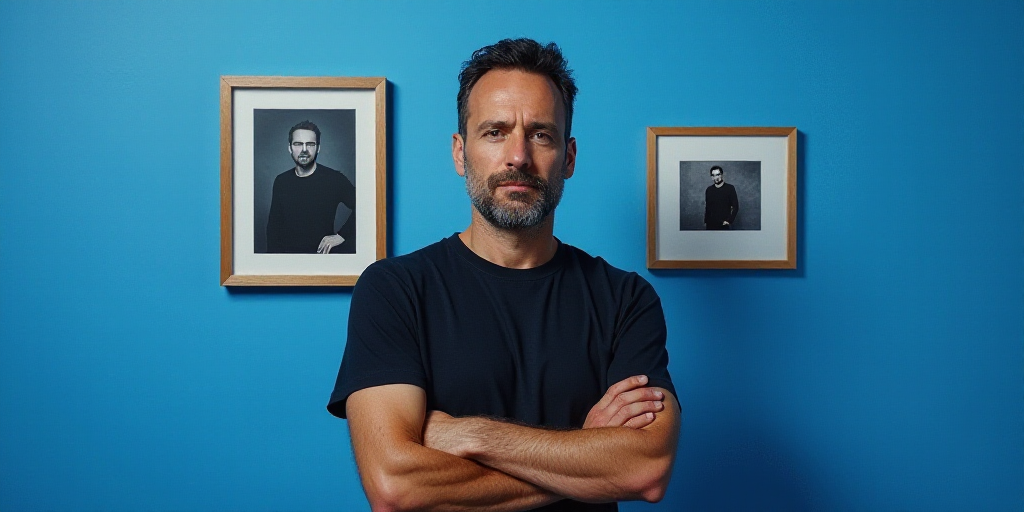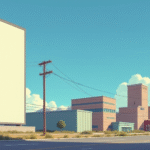Introduction
According to current trends, we are likely facing the second consecutive six-year period where GDP per capita is expected to contract due to an economy that isn’t growing at a rate faster than the already low population growth. In the most optimistic scenario for this year, a 0.7% decline in GDP per capita is projected.
Policy Decisions and Their Impact
Since the previous administration, several questionable decisions have been made, starting with the ill-advised and notoriously costly choice to cancel the Texcoco airport. This led to institutional destruction, discouraging private investment and subsequent economic growth. The situation worsened with other ill-advised public investments in various projects that had negative social returns, such as the Dos Bocas refinery, the Tren Maya, and AIFA.
- Cancellation of the Texcoco airport
- Negative social return public investments: Dos Bocas refinery, Tren Maya, AIFA
Moreover, injecting over a trillion pesos into PEMEX without resolving its structural issues has kept it deficit-ridden. The decision to discriminate against private investment in power generation, even preventing the operation of completed plants and forcing CFE to produce in outdated, polluting, and expensive facilities, further hampers growth.
- PEMEX deficit without structural resolution
- Discrimination against private investment in power generation
- Forced use of outdated, polluting, and expensive CFE plants
- Lack of investment in transmission and distribution network expansion
The cost of these decisions in terms of growth pales compared to the destruction of institutional checks against authoritarian power exercise.
- Elimination of three autonomous state bodies: INAI, IFT, Cofece
- Capture of electoral bodies: INE and TRIFE
- Judicial reform degrading the independence of the Federal Judicial Power, weakening legal certainty and individual rights protection
The destruction of the institutional arrangement initiated during the previous administration and accelerated in September 2023 has negatively affected investment. Gross capital formation has seen ten consecutive months of decline since September 2024, with gross investment falling 10.6% below its October 2023 peak in June 2024.
The very low gross investment rate implies that capital depreciation isn’t being replenished, causing net fixed investment to fall even more. This results in a nearly stagnant or declining capital stock for the economy.
Further exacerbating the net investment decline, aggregate added labor productivity has fallen to 2009 levels. Over the past five years, while labor productivity in the primary sector remained stagnant, it declined by 0.9% on average in secondary and tertiary sectors.
Factors Contributing to Declining Productivity
Partially explaining the decline in aggregate labor productivity is the growth of the informal economy, where 30% of employed individuals work. These small, low-tech operations with minimal production scales compete with formal businesses due to lower costs from avoiding bureaucratic expenses and not contributing to social security or paying taxes. Their low productivity weighs heavily on economic growth.
Another factor negatively impacting growth is the low quality of public education services, further deteriorated by canceling the 2013 educational reform to empower the teachers’ union and the emergence of the “new Mexican school.” Graduates with low-quality human capital struggle to find productive employment, especially in the formal labor market.






